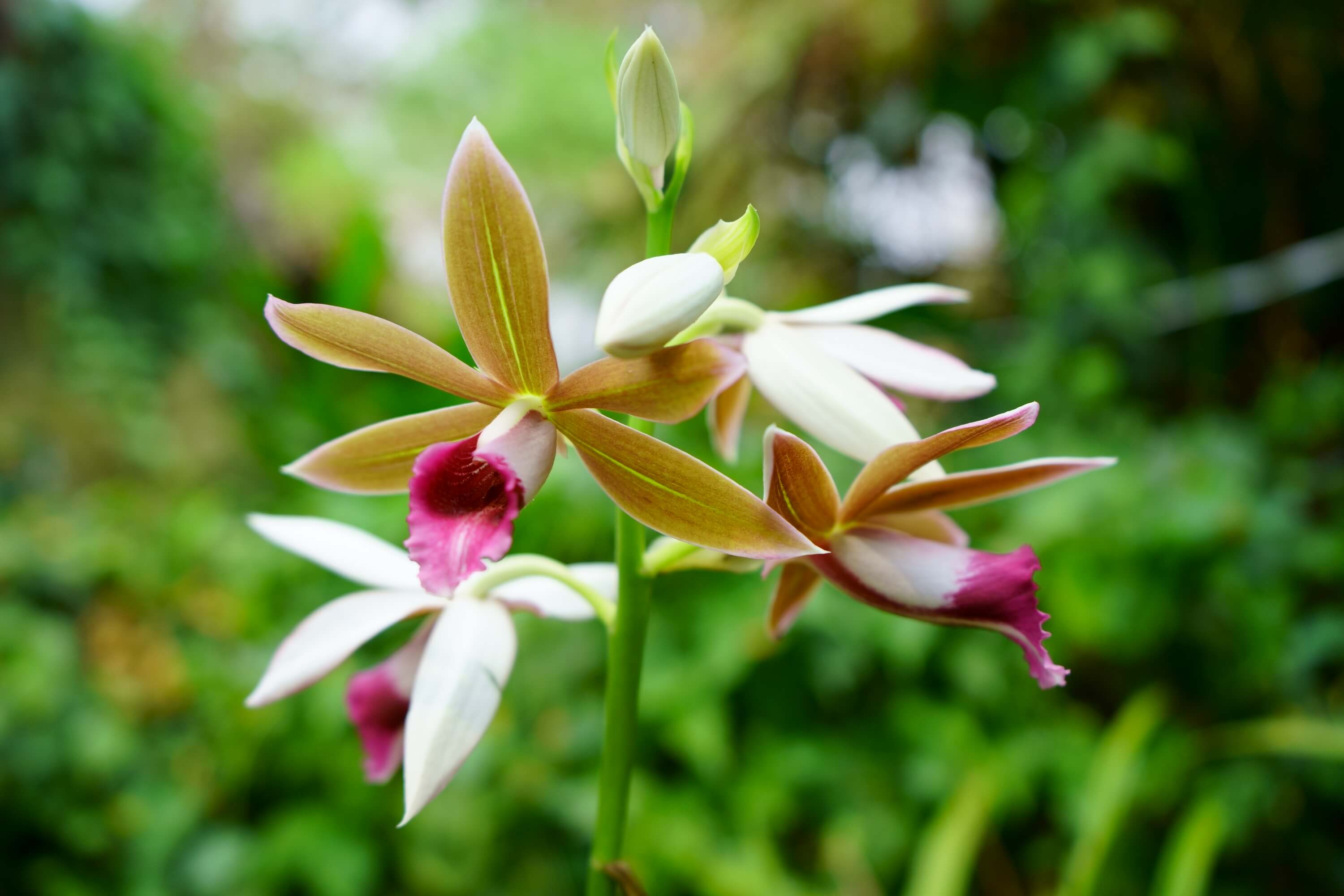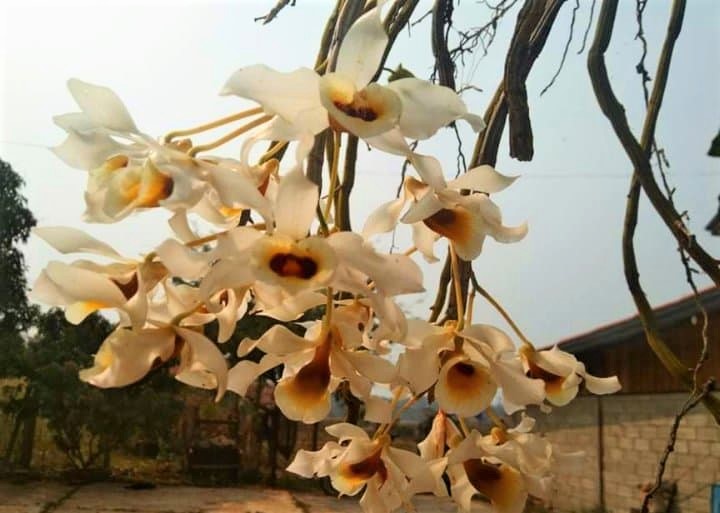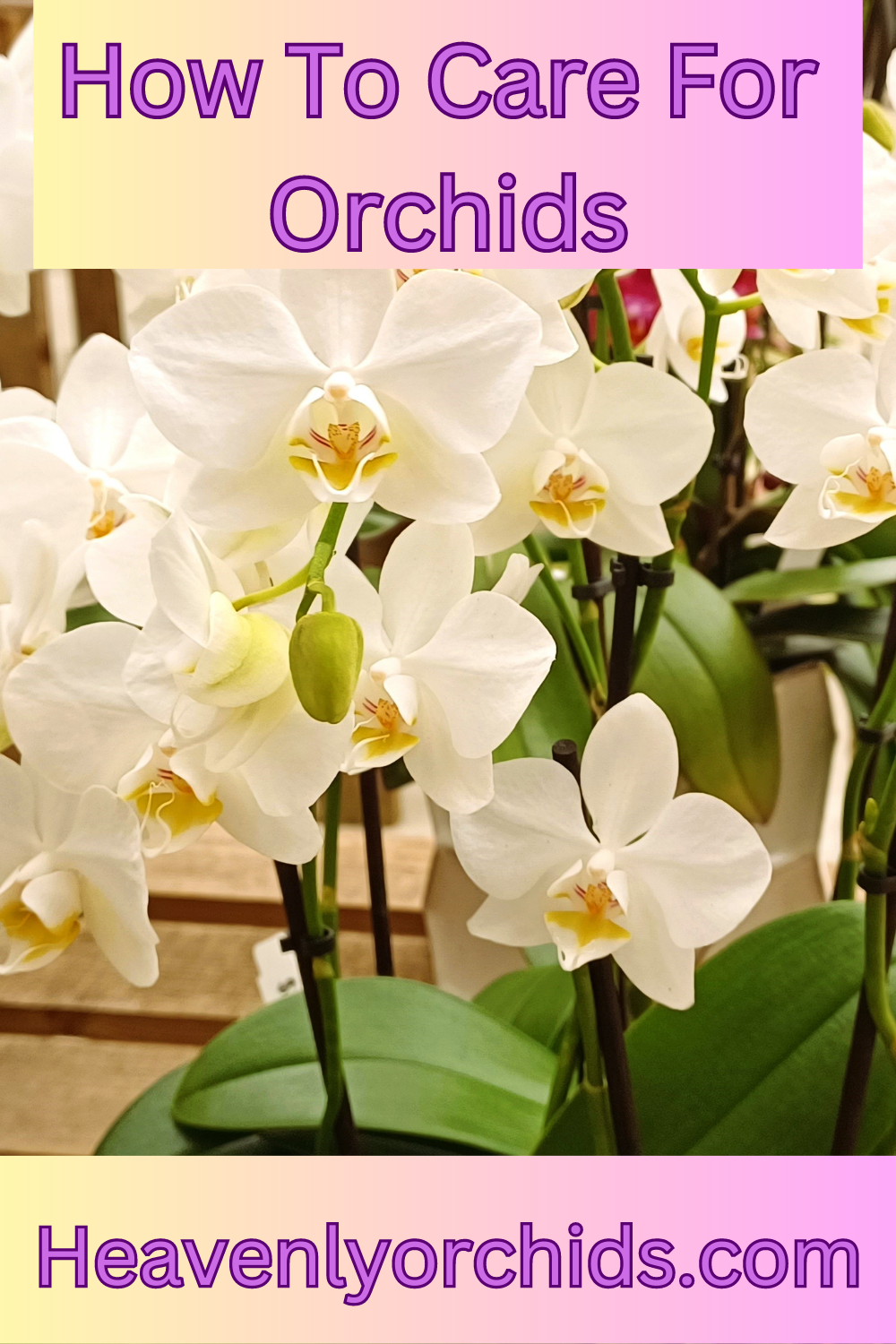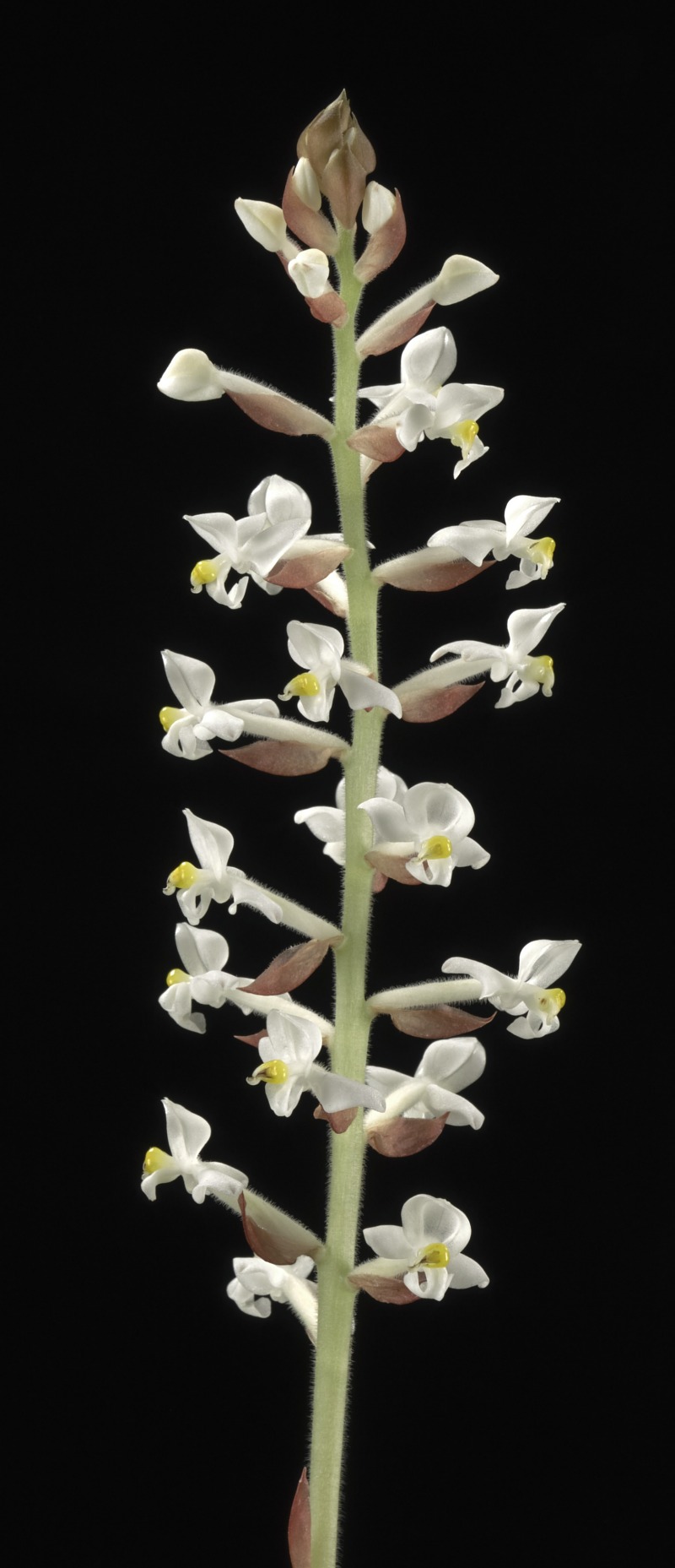How To Care For Orchids
Orchids are beautiful and hardy plants with some of the most exotic flowers in the world. With their vibrant colors and unique shapes, it's no wonder they are a favorite among plant lovers. Caring for orchids takes just a little effort and knowledge, especially for those who are new to the world of orchids. With a little bit of knowledge, love and attention, anyone can learn how to care for orchids and enjoy their beauty for years to come.
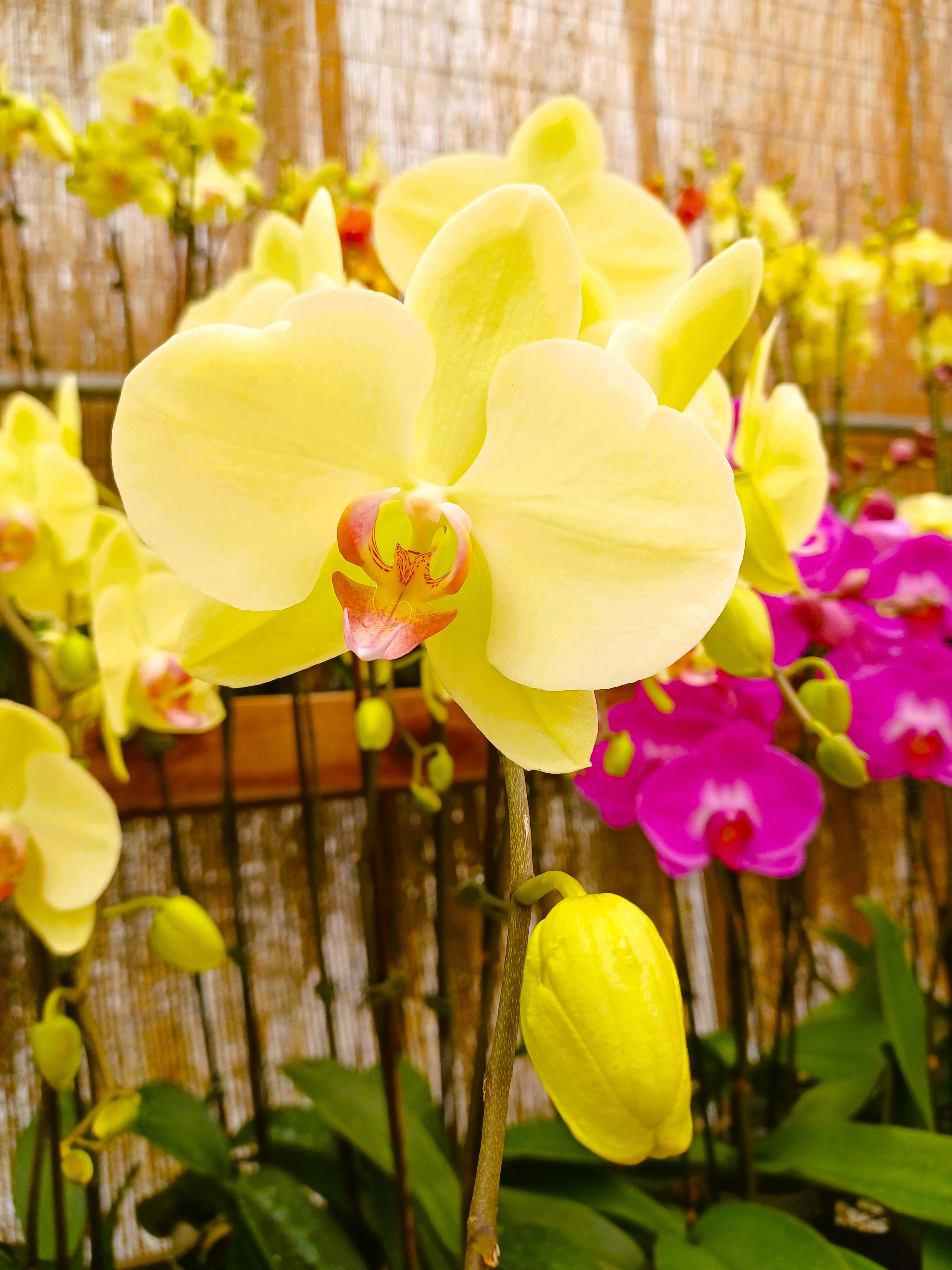
Light
The first step in learning how to care for orchids is to choose the right location for them. Orchids need bright, indirect light to thrive. They need plenty of light, but not direct sunlight, as this can burn their leaves. Place them near a window that gets early morning or late afternoon light. If your orchid is not getting enough light, the leaves may turn yellow. Orchids are tropical plants that thrive in warm and humid environments. A good spot for orchids is near a window that receives bright, indirect sunlight for most of the day. If you don't have a suitable window, you can also use artificial lighting to create the right conditions for your orchids.
Watering
Once you have found the perfect spot for your orchids, it's time to focus on their watering needs. An often overlooked aspect of watering is the type of water used. The best types of water to use are rainwater, reverse osmosis, and distilled water. Orchids do not like to be overwatered, in fact overwatering is the number one mistake that new orchid growers make. They like to be moist but not soaking wet. The best way to water orchids is to let the medium dry out between watering sessions. We recommend watering your orchids once a week, although some orchids may need a little more. This will help prevent root rot, which can be fatal to your orchids. To water your orchids, simply pour water slowly into the pot until it rains out the bottom. You can also fill a sink about halfway and place your orchid pots in the sink for a few minutes to soak up moisture into the growing medium. This will ensure that the roots are evenly moistened.
In addition to watering, orchids also need fertilizer to thrive. You can purchase a specialized orchid fertilizer at your local gardening store. We recommend fertilizing with a very weak solution of fertilizer once a week, incorporating it with your weekly watering schedule. You can read more about fertilizing by clicking on the navigation links above or click here.
Humidity and Air Circulation
Orchids are native to tropical regions and thrive in humid environments. If your home is dry, you may need to provide extra humidity for your orchid. You can use a humidifier or place a tray of water near your orchids to create a humid atmosphere. Another option is to mist the leaves with water once or twice a day. Additionally, orchids like good air circulation but be careful to provide a draft-free environment with sudden temperature changes. Make sure that your orchids are not placed near an air conditioning unit or a window that gets a lot of cold air.
Potting and Repotting
Orchids prefer to be in a snug container, so it's important to choose a pot that is not too big for your orchid. If your pot is too large for your orchid root system it may retain too much moisture which can lead to problems such as root rot. Orchids should be repotted about once every two years. It isn't always necessary to change the pot size, but your orchids will benefit from the addition of a fresh potting mix. When repotting, use a potting mix specifically designed for orchids, and make sure that you don't use regular potting soil. Orchids need a mix that is well-draining and provides good air circulation to the roots. Most Epiphytic and Lithophytic orchids are air plants meaning that they naturally grow without any growing medium at all. We use growing mediums to provide some moisture retention for our orchids and also to keep them upright. In their natural habitat, orchids tend to grow sideways or slightly pointing down. This ensures that they don't collect moisture or rain that will sit between the leaf and stem which would lead to rot or fungal problems.
Pests and Diseases
Lastly, it's important to keep an eye out for any signs of problems with your orchids. Common problems include yellowing leaves, fungal infections, and pests. If you notice any of these issues, take action immediately to prevent them from spreading. You can use an insecticide or fungicide to treat your orchids, but be sure to follow the instructions carefully to avoid damaging your plant.
Learning how to care for orchids requires a bit of patience and attention to detail, but it's a rewarding experience. With the right environment, watering, fertilizing, and care, your orchids will bloom beautifully and thrive for many years. Remember to enjoy the process and take pleasure in the beauty of these wonderful plants. In addition to these tips, it's important to pay attention to your orchid and be patient. Orchids can take time to adjust to their new environment, and it's normal for them to go through periods where they don't produce flowers. If you notice any problems with your orchid, such as yellowing leaves or pests, take action immediately to address the issue.

